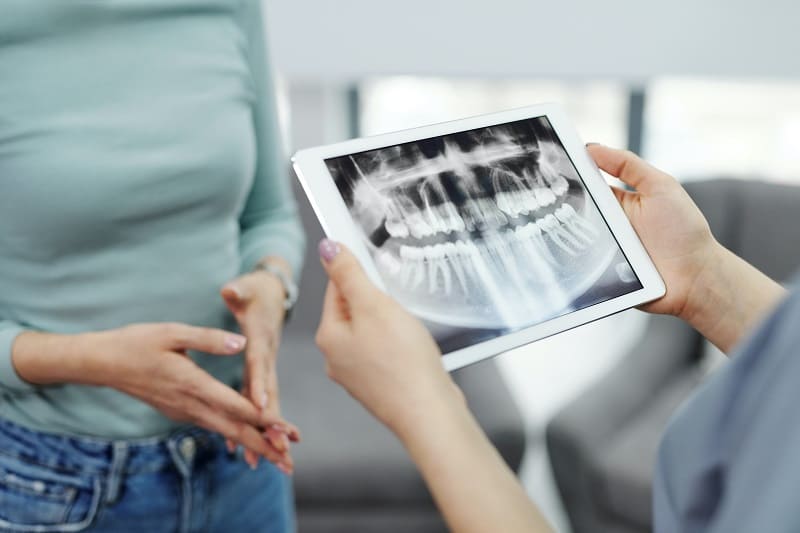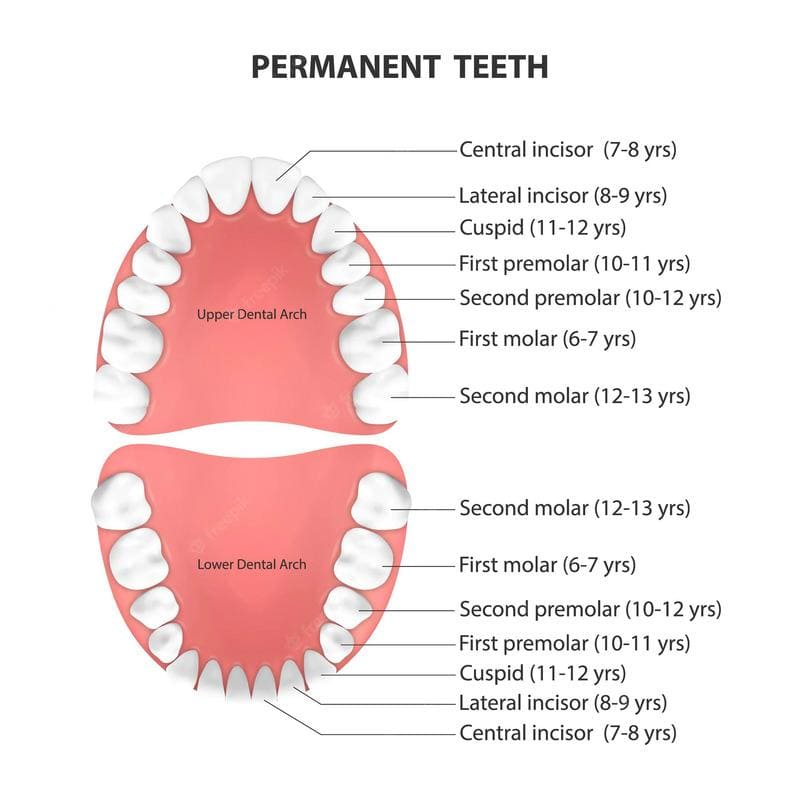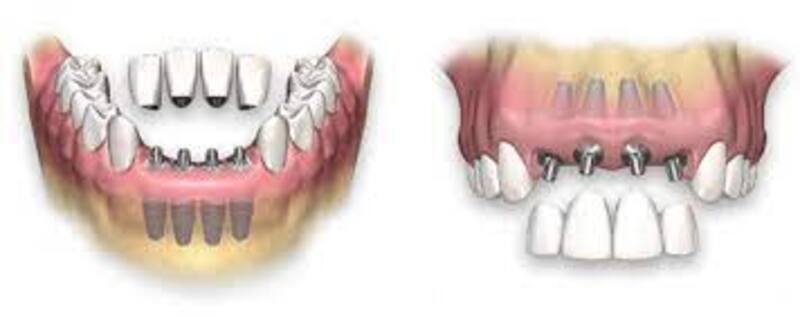The Upper Jaw Implant Procedure

Contents:
Restoring the dentition in the upper jaw is a laborious process since this area has particular anatomical features, a rich vascular supply, and an abundance of nerve endings. Modern aesthetic dentistry has developed unique techniques to restore teeth in the upper jaw safely and aesthetically as possible. The smile zone teeth, as well as the grinding teeth, are implanted in the upper jaw.
The Upper Jaw Anatomy

This paired anatomical structure belongs to the facial bones of the skull. The upper jaw consists of the body, the frontal, zygomatic, palatine, and alveolar processes. The maxillary sinus is located within the body. The canine fossa and infraorbital foramen are located in the anterior surface of the upper jaw body. The frontal process goes up and fuses with the frontal bone. The palatine process is located closer to the middle and forms the bony part of the hard palate.
The blood supply of the upper jaw teeth comes from the posterior superior and anterior superior alveolar arteries that arise from the maxillary and infraorbital arteries. The infraorbital nerve branches arising from the maxillary nerve provide dental innervation of this area. Another anatomical feature of this area is the relatively low bone density and porosity.
That is why, after implantation of artificial tooth roots, the follow-up period of implant survival can take longer. The close location of the maxillary sinuses increases the risk of traumatic injury (perforation) during implant placement. A sinus lift is performed before an artificial tooth root placement to increase the volume of bone tissue to prevent this complication.
Anterior Teeth Implant Placement

Two factors play an essential role in this procedure: the aesthetics and functionality of the dental units. Unlike the lower jaw, dentists use implants with a smaller diameter and particular thread for the upper jaw. Such constructions do not damage the loose bone tissue of the upper jaw and engraft faster.
To prevent the metal implants from being seen on the gum surface, they can be replaced with an alternative made from zirconium dioxide. The Clinic of Aesthetic Dentistry in Kyiv conducts the upper jaw implant procedure applying the latest techniques and professional equipment.
Posterior Teeth Implant Placement
During the restoration of the upper jaw posterior teeth, it is essential to consider that their load-bearing ability is not less than the masticatory force applied to the lower jaw posterior teeth. A two-stage implant procedure is most often preferred to avoid complications. An artificial dental root (implant) is placed at the first stage, and the survival process takes some time. After making sure that the implant has completely engrafted, the crown part of the tooth is installed.
Implant Treatment of Edentulous Jaws

Due to certain diseases of the gums or traumatic injury, there may be missing teeth in the upper jaw (edentulous jaw). If the missing teeth are restored one at a time, this can negatively affect the condition of the bone tissue. In addition, this process is more traumatic and increases the time of implantation.
A more innovative alternative is dental restoration applying the All-on-4 and All-on-6 concepts. Both methods do not require a sinus lift and allow installing a temporary prosthesis after the placement of the artificial roots. The denture is fixed on 4-6 implants in the front, with two units on the sides, or, if necessary, with two additional units.
Such denture fully copes with the chewing function and restores the aesthetic appearance of the smile. Both methods are suitable for patients with a small volume of jaw bone tissue, cardiovascular diseases, or if a patient does not want to place many implants.
Additionally, the procedure for installing the so-called zygomatic implants can be considered. These dental constructions that are not longer than 25 – 40 mm are anchored in the bone tissue of the zygomatic bones. Compared to conventional implants, these designs differ in length.
Unlike the lower jaw bone, the zygomatic bones are durable to withstand the chewing force to the fullest. The disadvantage of such implants is that only two units can be placed. Another disadvantage is the risk of damage to the maxillary sinuses and other structures of the skull.
How Many Teeth Do We Have in the Upper Jaw?
According to the dental formula, both the upper and lower jaw has 16 dental units, including the so-called wisdom teeth. In total, there are 32 teeth.
How Many Implants Needed for the Upper Jaw?
This question is rhetorical since it all depends on the number of missing teeth. If the patient has an edentulous upper jaw, then 14 single implants can be installed, or the All-on-4 and All-on-6 protocols are applied, providing the installation of 4 or 6 implants, respectively.
How Long Do Dental Implants Take to Heal in the Upper Jaw?
Without complications, the healing time of implants in the upper jaw ranges from 3 months to six months. The individual features of the human body, complications, or poor oral hygiene can affect the duration of this period.

